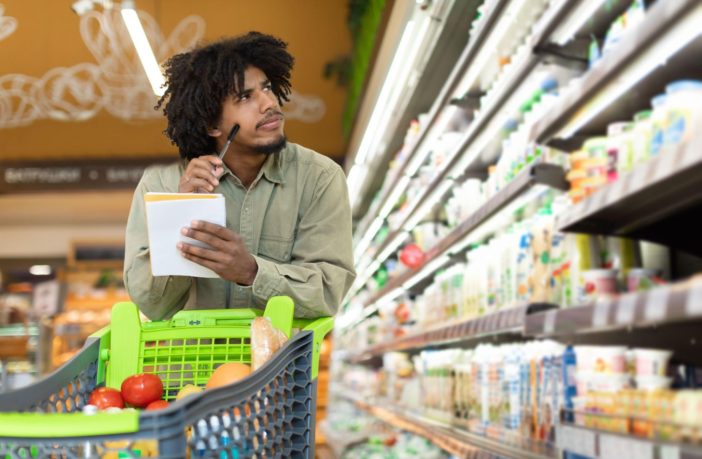Inflation in America is at an all-time high, affecting many sectors, especially retail grocery.
It is expected that prices for pantry items increase or decrease in line with inflation. However, in 2022, overall food prices increased by 9.9%, with some items increasing by a third (33%) of their original price.
Price monitoring website, Pricelisto, investigated the Consumer Price Index to determine what pantry items are seeing the biggest price increase. Here is what they found.
Meat, poultry and seafood
Beef and veal were the meat products with the lowest percentage change in 2022, increasing by 5.3%. This was followed by pork which saw an increase of 8.7%, and fish which had an annual percentage change of 9.1%.
Poultry items such as chicken and turkey saw the most significant percentage change: nearly 15%. These rising costs are primarily due to strong consumer demand, which can affect production costs.
Pantry and dairy items
Eggs have had the biggest price increase compared to other pantry items, and this is due to the Highly Pathogenic Avian Influenza outbreak. Following the outbreak, which affected over 58 million birds, there was a short supply of eggs, which resulted in a percentage change of 32.2%.
Cooking oils and fats, such as butter, saw a percentage change of nearly 19%, and other dairy products saw a 12% change. Supply issues and production setbacks are mostly to blame for these price hikes. Furthermore, these increases may also affect D.O.P. labelled products such as cheese or oils that have been imported from specific geographical zones.
Cereals and other bakery products had a percentage change of 13%, reportedly due to the rising costs of ingredients required to make them, as well as other production costs such as labor.
Sugar, candy and nonalcoholic beverages
Sugar and candy saw a percentage change of 10.4%, and similarly to cereals, this is primarily due to rising costs of ingredients or production.
The same can be said for nonalcoholic beverages such as soda, which had an annual percentage change of 11%.
Fruits and vegetables
Fruits and vegetables saw a percentage change of 7.9% and 7%, respectively. Climate change plays a prominent role in the increase and shortage of fresh produce. Storms and droughts have decimated supplies, resulting in a price increase.
A spokesperson from Pricelisto commented on this data:
“The rise in prices will burden those who have to provide for most of their families, as well as pay other household bills. Consumers must be more conscious of where and when they spend their money. To keep costs low, families will need to shop at low-cost grocery chains; however, this could mean compromising on preferred brands.
“It will be interesting to see what grocery store chains and larger stores offer to help ease those who are struggling with these prices.”



